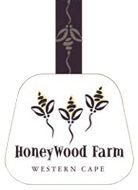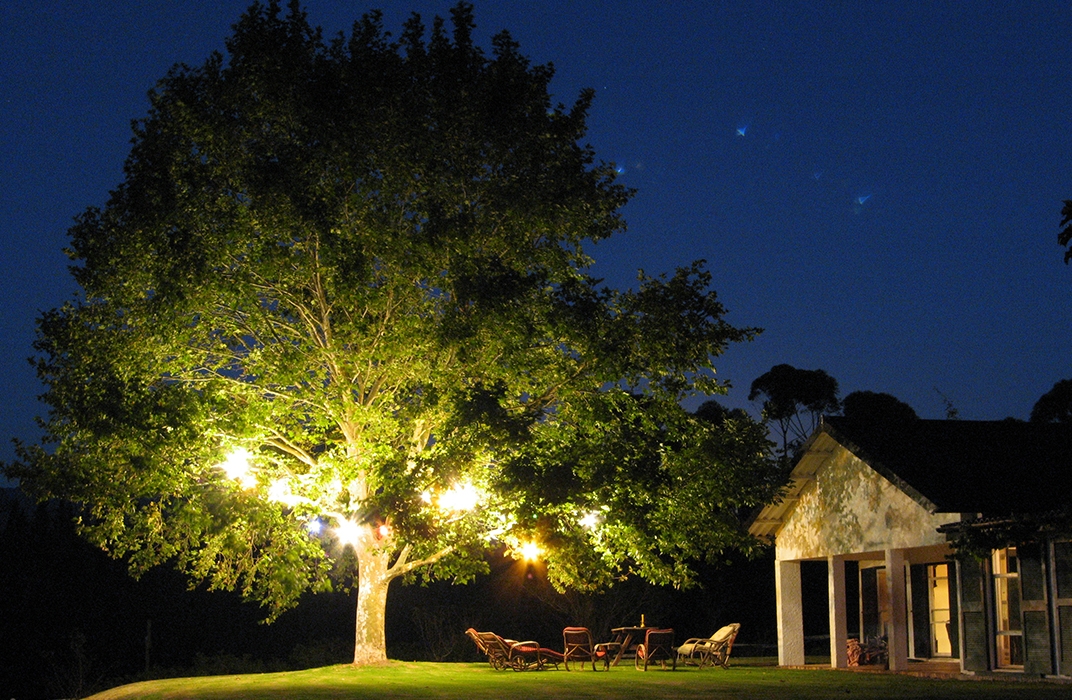Caves within the conservancy contain artefacts and painting ranging from the Middle to Late Stone Age – these are believed to be the work of hunter-gatherers. By the time the earliest voyages from Europe called at the Cape, the herders, or Khoikhoi, occupied most of the coastal region, while the hunter-gathers had moved to the mountainous areas or inland to areas not suitable for domestic stock
A Khoikhoi tribe, the Hessequa, occupied the area around Swellendam and managed domestic stock which they bartered with the European settlers in the 17th century. Annual veld-burning was practiced by these herders and it is believes that this practice, carried out from more than a thousand years, played a major part in changing the vegetation of the area.
At the beginning of the 18th century, the Groot Vader’s Bosch forest was harvested for the first time by the Dutch East Indian Company (D.E.I.C.). The farm, Melkhoutboom, on which the forest was situated was assigned to Roelof Oelofse in 1723. He was given the nickname ”Groot Vader”, probably due to the fact that he exercised authority over the forest – a situation that was not common as the D.E.I.C. generally forbade farmers the right to manage the forests occurring on the farms. In 1817 Melkhoutboom, known colloquially today as Groot Vader Bosch, was bought by Captain Benjamin Moodie, a Scottish immigrant, from Jacobus Steyn. Captain Moodie brought 200 immigrant labourers with him and they settled in the Cape Colony.

